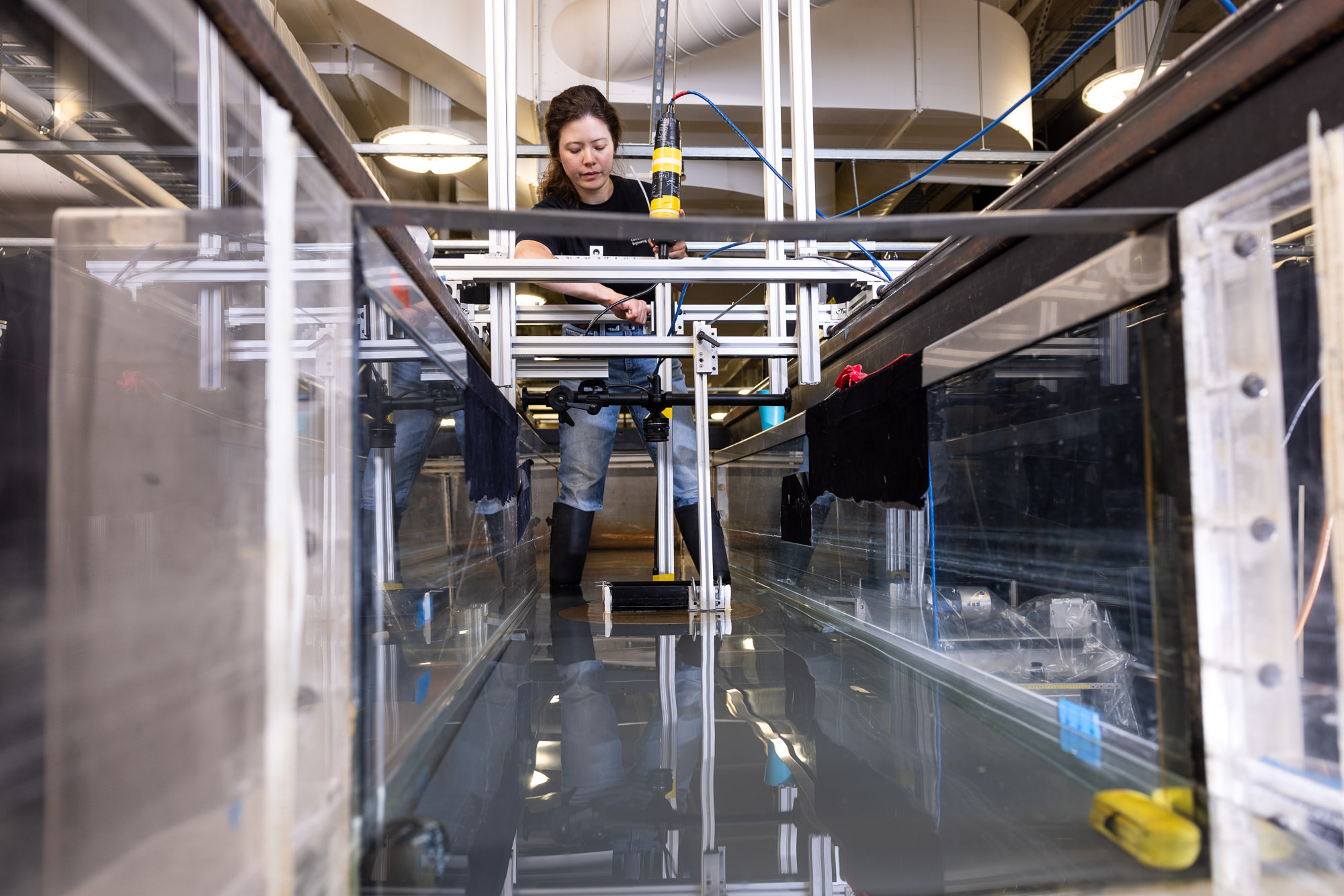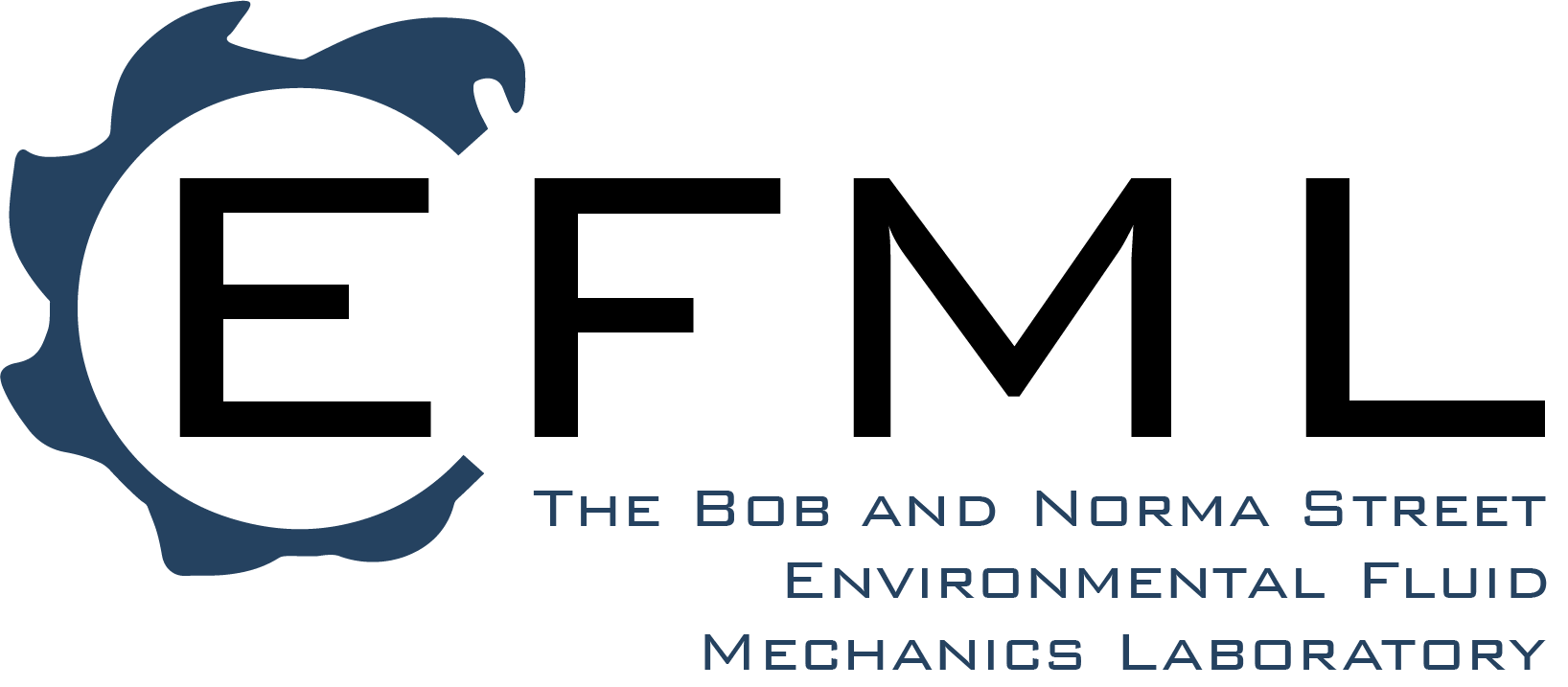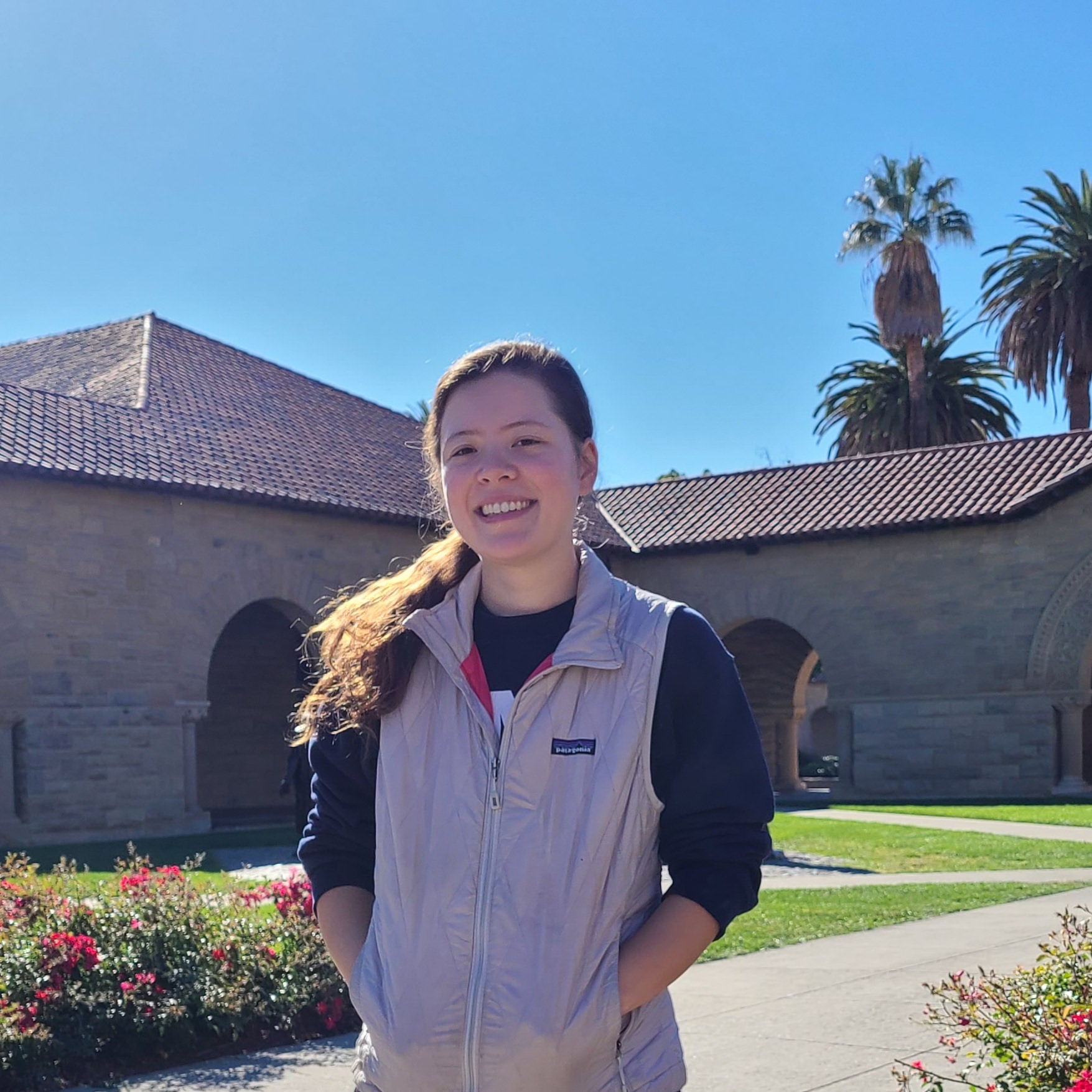Bedload transport occurs when the shear stress, or non-dimensional Shields stress, imparted by a fluid exceeds a critical Shields stress for sediment motion. However, this critical Shields stress can be difficult to predict as sediment properties, bed and channel morphology, as well as their interaction with the surrounding fluid all influence erodibility. Previous studies have shown that the history of fluid stress imparted onto the sediment bed influences the critical Shields stress – particularly that sustained subcritical flows will strengthen the bed through the development of a preferred orientation that can resist directional fluid shear. This can be seen, for example, in the formation of riverbed “armor”. Recent studies have also shown that this strengthening effect is strongly directional; the threshold of motion is lower for a bed-disrupting flow that occurs in a direction opposite to that of the initial subcritical flow when compared to a recently deposited bed (Galanis, et al., 2022; Cúñez, et al., 2022). In this study, we examine directional strengthening and weakening in a granular material for multiple fluid stress orientations by utilizing a rotating bed of sand within a laboratory flume. After subjecting the granular bed to a subcritical conditioning flow, we then changed the orientation of the bed within the flume by 0˚, 45˚, 90˚, 135˚, and 180˚. By examining the effect of strengthening and weakening in directionally varied flows, we can better understand how the history of subcritical and critical fluid-imposed stresses can modify the contacts and force networks within granular materials. This study has implications for predicting sediment transport in natural settings where flows can be bi-directional, such as tidally-influenced channels or coastal systems, as well as environments that may be impacted by storms or floodwaters that advance from different directions than the usual flow conditions.

This project is supported by the Army Research Office (ARO Award #W911NF-23-1-0032). This research is conducted in experimental facilities within the Bob & Norma Street Environmental Fluid Mechanics Lab at Stanford University.


Publications
Bodek, S., Wang, D., Shattuck, M.D., O’Hern, C.S., Ouellette, N.T. “Anisotropic stress history effects in erodible sediment beds.” submitted to JGR: Earth Surface [preprint].
Conference Abstracts
Bodek, S. and Ouellette, N. T. “How do directionally varied flows influence the development of stress history in granular beds?.” American Physical Society (APS) Global Physics Summit, Anaheim, CA, 16-21 March 2025, Talk.
Wang, D., Bodek, S., Ouellette, N., Shattuck. M.D., O’Hern, C. “The effects of sub-critical fluid flow on granular bed strength.” American Physical Society (APS) Global Physics Summit, Anaheim, CA, 16-21 March 2025, Talk.
Bodek, S. and Ouellette, N.T. “Investigating Stress History Effects Resulting from Directionally Varied Flows Over Granular Beds.” American Geophysical Union (AGU) Fall Meeting, Washington, D.C., 9-13 December 2024, Poster.
Bodek, S. and Ouellette, N.T. “How does flow history impact the threshold of motion? Strengthening and weakening in directionally varied flows.” American Geophysical Union (AGU) Fall Meeting, San Francisco, CA, 11-15 December 2023, Poster.
